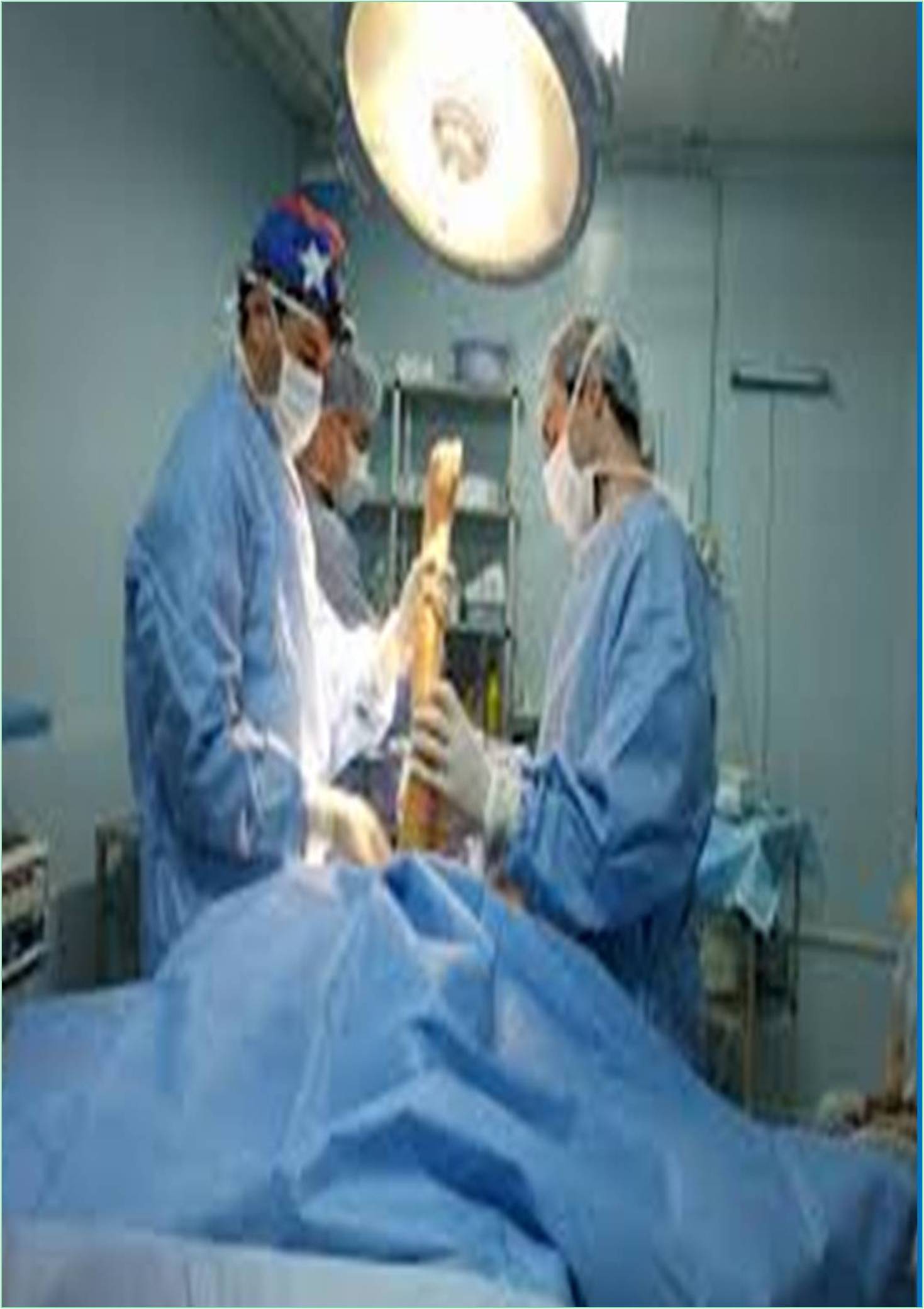



Received: 02-Aug-2022, Manuscript No. GJOPTP-22-73245; Editor assigned: 05-Aug-2022, Pre QC No. GJOPTP-22-73245(PQ); Reviewed: 19-Aug-2022, QC No. GJOPTP-22-73245; Revised: 26-Aug-2022, Manuscript No. GJOPTP-22-73245(R); Published: 02-Sep-2022, DOI: 10.15651/GJOPTP.22.9.010
In orthopedic implants, Nickel-Titanium (NiTi) alloys are frequently utilized because of their excellent mechanical and biocompatibility characteristics. In energy applications, they are also used to increase hydrogen storage capacity. In this study, we examined the utilization of Nickel-Titanium alloys as carriers for delivering hydrogen molecules to wound sites, where these molecules might be released to lower free radicals and suppress inflammatory responses. After being treated with the cathode hydrogen charging method, the Nickel-Titanium alloys employed in this study were found to be capable of carrying hydrogen molecules with effectiveness according to the results of the characterization, cyclic voltammetry and thermal desorption studies.
For patients with complex bone injuries, orthopedic implant surgery is a challenging option for enhancing quality of life. These operations are intended to reduce the patient's daily discomfort and pain from these bone abnormalities. Additionally these implants aid in keeping these shattered bones immobile and lessen the risk of further harm while the patient is recovering. These implants can also be used in reconstructive surgery to lessen the risk of bacterial infection and speed up the healing process for these individuals. To enhance their overall effectiveness, the majority of currently utilized implants also undergo some type of surface treatment, such as coating. The inflammatory response brought on by surgical intervention, however can promote infections or result in other unfavorable healing outcomes. Both the introduction of bacterial products with specific receptors on the leukocyte plasma membrane and the body's inherent reaction to reactive oxygen metabolites are potential sources of this inflammation. Reactive oxygen species also known as free radicals, are byproducts of aerobic metabolism and can both directly or indirectly mediate inflammation and tissue dysfunction by damaging the mitochondria. Explanations of these free radicals include superoxide anion, hydrogen peroxide and hydroxyl radicals. Krebs cycle and electron transport chain electron leakage may result in the production, as well as a tiny amount of Nicotinamide Adenine Dinucleotide Phosphate (NADPH) and xanthine oxidases. Superoxide dismutase converts oxygen to hydrogen peroxide, which is then detoxified to produce water. However the strongest oxidant species, hydroxyl radicals can be produced by Fenton processes which utilize the reduced form of transition metal ions. This free radical interacts with proteins, lipids and nucleic acids without discrimination killing biological tissues. Consequently, even while surface treatments or coatings can stop bacterial materials should also try to scavenge free radicals to prevent infection.
Titanium alloys have been used in orthopedic implants due to their appropriate mechanical qualities for loadbearing including their super elasticity and shape memory effects low cost and superior biocompatibility. As an illustration, Nickel-Titanium alloys have been extensively utilized in orthopedic implants, blood vessel stents and orthodontic wires. However, because Nickel-Titanium alloys have weak corrosion resistance, which increases cytotoxicity, they may create supernatant and corrosive products. Additionally, the nickel ions that are produced from these alloys can have a number of these electrochemical techniques can be employed to increase the surface hydrogen content of these alloys. The Nickel content can enhance the alloy membrane's mechanical characteristics and resistance to hydrogen. Negative effects, including severe allergy reactions in people who are nickel hypersensitive. Fortunately, this can be changed by electrochemical interventions that modify the surface morphology and microstructure of the Nickel- Titanium alloy. Hydrogen has also been shown in numerous studies to be an efficient hydroxyl radical neutralizer, reducing inflammation and aiding in the treatment of ischemia. For the defense against and prevention of lifestyle-related diseases, ageing and cancer, hydrogen has the ability to the nucleus and mitochondria raise ATP levels and boost the activity of the mitochondrial respiratory chains. Storage capacity and better anti-corrosion capabilities. Surface hydrogenated Nickel-Titanium alloy with suitable mechanical and biocompatibility qualities for orthopedic applications can be prepared electrochemically. The existence of hydrogen was demonstrated by cyclic voltammetry research results and the hydrogen amount was determined by thermal desorption spectroscopy measurement. In response to hydrogen charging, the water contact angle showed an increase in hydrophobicity and improved biocompatibility results were found for a number of different cell types in cytotoxicity studies.
Results showed that the hydrogenated Nickel-Titanium alloy implantation clearly reduced inflammation without impairing the other aspects of recovery. Together, the findings imply that this hydrogenated Nickel-Titanium alloy may serve as a foundation for the creation of novel biocompatible materials for regenerative medicine and that it may have a high potential for usage in the manufacture of metal implants. This study also raises the possibility that incorporating hydrogen molecules could be a promising strategy for creating innovative implants and scaffolds for upcoming tissue engineering applications. By heating a sample of contained hydrogen at a steady rate of temperature increase, the thermal desorption technique is a popular way to quantify the amount of hydrogen and examine its state. A gas chromatograph was then used to detect the released hydrogen and reveal the connection between temperature and hydrogen discharge speed.